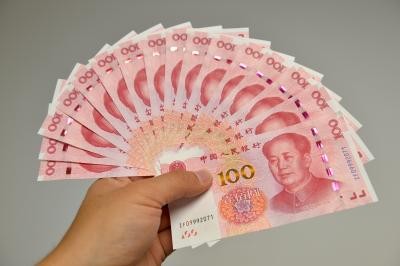
Beijing, More than six years after China's shock 2015 devaluation roiled global markets and spurred an estimated $1 trillion in capital flight, the yuan is weakening at a similar pace, says a media report.
Onshore, it has lost nearly 4 per cent in eight days, while the offshore rate is heading for its worst month relative to the greenback in history, said the Bloomberg report.
Selling momentum is the strongest since the height of former US President Donald Trump's trade war in 2018, it added.
There are plenty of reasons for the yuan to weaken against the dollar, namely diverging monetary policies, interest rates and economic conditions. And the yuan is not even keeping pace with many of China's big trading partners, strengthening relative to the euro, the yen and the Australian dollar this month.
In short, China may just be allowing its currency to break with a rallying dollar.
But there is a risk such moves will accelerate, or suggest a loss of confidence in China at a time when global funds are already pulling out of the country's assets.
Pressure is building as President Xi Jinping prepares for the 20th Party Congress later this year, a twice-a-decade leadership shuffle that is expected to secure him a third term in power, the Bloomberg report said.
Policymakers, including the People's Bank of China (PBOC), have repeatedly pledged to boost sentiment in financial markets, to little avail, while avoiding the kind of heavy-handed intervention that spooked global investors in 2015.
The sell-off in the onshore and offshore yuan deepened on Friday after the nation's health officials vowed to stand by its zero-Covid-19 policy, the report added.


.jpeg)

